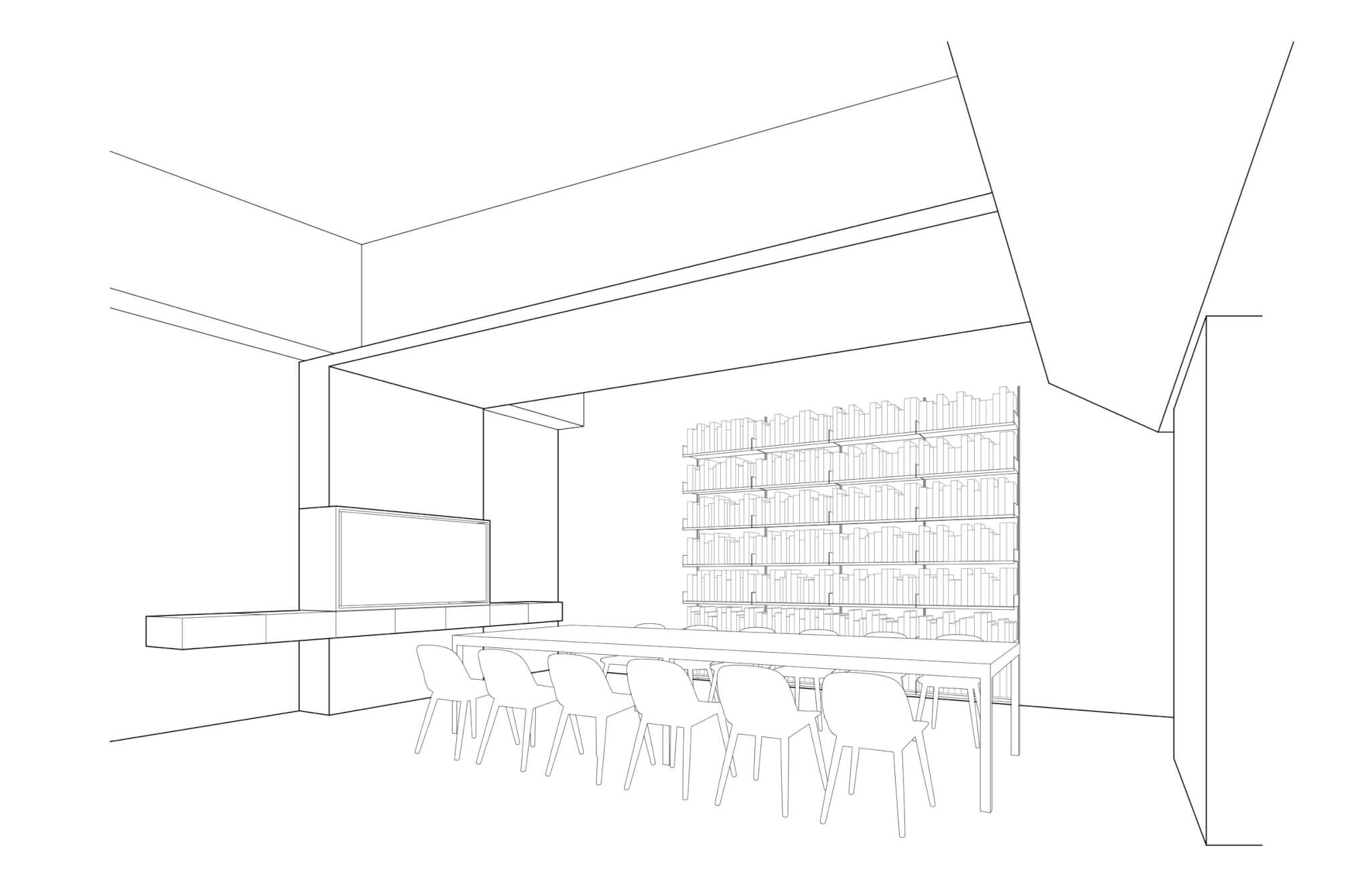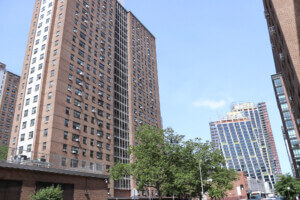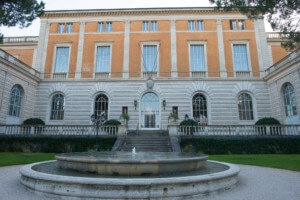Like generations of artists and cultural institutions before it, the American Academy in Rome (AAR) has announced that it is packing up and moving downtown.
Come the end of this month, the AAR’s New York offices will be housed within the West 22nd Street space of the Dia Art Foundation, another prestigious arts organization that, rather fittingly, only just recently reintroduced itself to the downtown art scene after emerging last year from a major renovation and expansion effort.
Throughout much of its 126-year history, the AAR, which is America’s oldest overseas center for independent studies and advanced research in the arts and humanities, has maintained stateside offices on Manhattan’s Upper East Side, first at 41 East 65th Street and then in a space adjacent to the historic Metropolitan Club building on Fifth Avenue and East 60th, which it has leased since 1994. These rarified trappings, located a world away from downtown’s buzzy galleries but in close(r) proximity to venerable uptown institutions like the Metropolitan Museum of Art and the Whitney Museum of American Art (prior to its own move downtown in 2015), did make greater cosmic sense: the Metropolitan Club, established by early AAR backer J.P. Morgan, and the main building at the 11-acre academy campus on the Janiculum in western Rome were both designed by McKim, Mead & White.
“It was a good deal and also a wonderful narrative and talking point,” Mark Robbins, president and CEO of the American Academy in Rome, said of the arrangement and its historic connections.
But as Robbins, who has led the AAR since 2014 after previously serving as executive director of the International Center of Photography and as dean and professor at Syracuse University’s School of Architecture from 2004–2012, explained to AN, the day-to-day reality of working in the space, one spread across two floors carved out of a former townhouse connected to the Metropolitan Club, was less than advantageous.
“It just wasn’t purpose-built as an office space,” Robbins explained. “The bulk of our office space was in evacuated bedrooms, bathrooms, and closets from what was once a residential building. We were on two floors cut through with a public staircase, and an elevator that stopped on all the floors.”
“Andrew [AAR Director of Communications Andrew Mitchell] was on the other side of the office, which shouldn’t be like crossing the Golden Hinde but, in fact, it did require going upstairs, downstairs, and then through another corridor to find him,” Robbins added. “It just wasn’t conducive for conversation.”

The move out of its “beautiful” but disunited rooms at the landmark Metropolitan Club was several years in the making for the AAR; the institution searched high and low for spaces in Midtown, Soho, and within more familiar territory on the Upper East Side and nothing quite stuck. And then COVID hit, slowing down the hunt.
“It was just the luck of the draw that we ended up in this space,” said Robbins of the AAR’s new home in a building nearly 40 blocks south and clear across town from the Metropolitan Club. “It was not just about finding another space that functioned better, but also about finding one that could speak about a changing and different profile for the institution.”
Brooklyn-based practice Tsao & McKown Architects was tapped to design the new office, one envisioned as an open, collaborative, and, perhaps most crucially, single-floor space that, per Robbins, “would make it impossible not to cross paths.” (Cofounder Calvin Tsao is a 2010 Resident of the AAR and a trustee since 2012.)
In addition to flexible workspace adaptable to more private conservations along with larger group discussions, the new offices at Dia Chelsea will also include dedicated archival space. Denham Wolf Real Estate Services represented the AAR in the transaction.
As far as geography is concerned, the AAR will continue to maintain a citywide presence through robust offsite programming while also enjoying a closeness to the myriad galleries—Pace and Hauser & With being just two major presences—populating the once-gritty westernmost stretches of Chelsea.
“Right now, cultural institutions have moved downtown, and galleries are the locus for so much work in the arts—and we’re in the midst of that. And our humanities function is portable in a number of ways,” Robbins said. “I think it [the move] opens up other possibilities for us culturally and is closer to an area that’s associated with a younger demographic.”
Along with the benefits of moving to a gallery-rich, High Line–bisected pocket of the city that’s also home to more than few starchitect-designed new additions of note, Robbins sees the move to Dia’s downtown space at 535 West 22nd Street, newly revitalized and united by Architecture Research Office (ARO), as similarly befitting.
“If they [Dia] hadn’t decided to redo their spaces, this space wouldn’t have been available to rent,” Robbins said.
“We represent 11 disciplines at the Academy, and we’ll never find an omnibus institution like us,” he added. “But this seems like such a good space for us to be because Dia was founded to support difficult work and to make it public without anxiety about marketability or commerce—you’re able to sort of take a holiday from that, which you’re able to do with the Academy as well.”
On that note, the 38 discipline-spanning American creatives named in April as winners of the 2002–2023 Rome Prize commence their fellowships this month at the AAR’s campus in the Eternal City. Those working in the disciplines of architecture and landscape architecture awarded with the “gift of time and space to think and work” in Rome are Jennifer Newsom and Tom Carruthers, founding principals of Minneapolis- and Ithaca, New York–based creative practice Dream The Combine; Michael Meredith and Hilary Sample, principals and founders of New York City-based MOS Architects; Los Angeles-based landscape designer and accessibility specialist Alexa Vaughn; and Katherine Jenkins and Parker Sutton, co-founding principals of Columbus, Ohio–based landscape architecture studio Present Practice.
Also in April, Aliza Wong, a scholar and longtime professor of history at Texas Tech University, was appointed as the 25th director of the AAR. Wong is the first woman of color to be appointed to the directorship role, which has a three-year term and is based in Rome.










